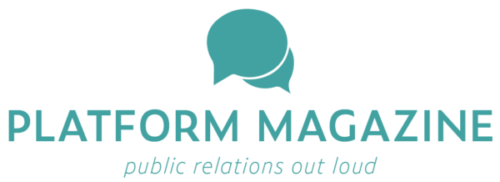Turbulent Times for Airlines
Posted: April 8, 2015, 1:35 p.m.
by Sarah Parker.
In the past year, there have been multiple high-profile airline crash stories in the news including Malaysia Airlines Flight 370, Malaysia Airlines Flight 17 and Indonesia AirAsia Flight 8501. Just last week, another high-profile airline crash occurred on March 24, 2015. Andreas Lubitz, the co-pilot of Germanwings Flight 9525, steered the plane into a dive and crashed into the French Alps, killing all 150 people on board. Lufthansa now finds itself in the same position Malaysia Airlines and AirAsia were in last year, and the airline’s reponse provides a guide for what to do (and what not to do) in crisis communications.
Germanwings Flight 9525 crashed in the French Alps last week after co-pilot Andreas Lubitz locked the pilot out of the cabin and “intentionally steered the plane into its final descent,” according to a PR News article. Most of the controversy surrounding the crash is stemming from reports that Lubitz had been treated for “suicidal tendencies,” according to the New York Times.
As a result, Lufthansa has been criticized for inadequate pilot screening processes. Specifically, the airline’s lack of a rule requiring two pilots to be in the cockpit at all times. Considering the other pilot, Patrick Sonderheimer, was recorded demanding entrance to the cockpit 13 minutes before the crash, that doesn’t sound like a bad rule to have.

But Lufthansa CEO Carsten Spohr’s response to questions about changes in the airline’s policy was more defensive than apologetic.
“I don’t see any need to change our procedures at this very point. This has been a single occasion. But as I mentioned before in German, we will get together with the various experts in the Lufthansa group airlines, and the authorities, with our German government to see if our procedures can be refined,” Spohr said.
Am I the only one who feels like that response was lacking sympathy? I respect that Spohr is standing by the airline’s procedures because the crash could be an isolated incident. But when the actions of an alleged suicidal pilot cost the lives of hundreds, it seems that Spohr could be more emphatic in assuring the public that the company is doing everything possible to assure that kind of incident won’t happen again.
In spite of this initial response, “The airline group said Friday it will adopt the “rule of two” for cockpits, which requires two flight crew members on the flight deck at all times,” according to NBC News.
Despite these previous inadequacies, the airline is doing something right on social media. Germanwings and Lufthansa have changed their logo colors to gray and black with #indeepsorrow. Germanwings and Lufthansa are also posting regular updates on Twitter and Facebook. Most recently the posts included apologies for poorly timed advertisements in publications such as Fortune, Money and Time.
The Guardian also reported that “Lufthansa had offered to pay up to €50,000 (£36,000) in immediate financial assistance per passenger on the crashed plane, and this is unlikely to be the end of the payouts to families of the victims,” according to Reuters News Agency.
While you can’t put a price tag on the loss of a loved one, the airline is taking steps to make reparations for the crash.
Updates on the crash are being reported daily, and we do not have all the details. But that uncertainty makes it that much more important for Lufthansa and Germanwings to be as open and honest as possible – which we all know are the cornerstones of effective public relations.




